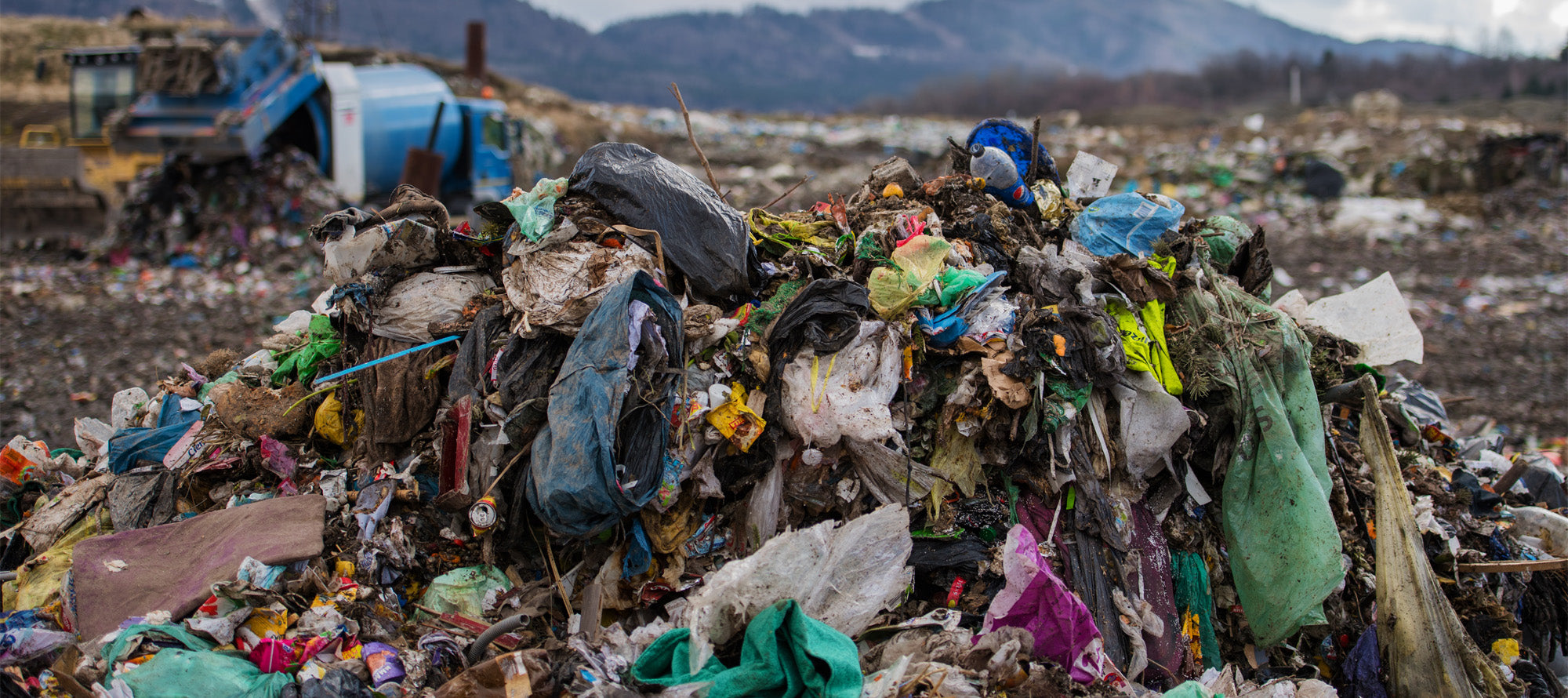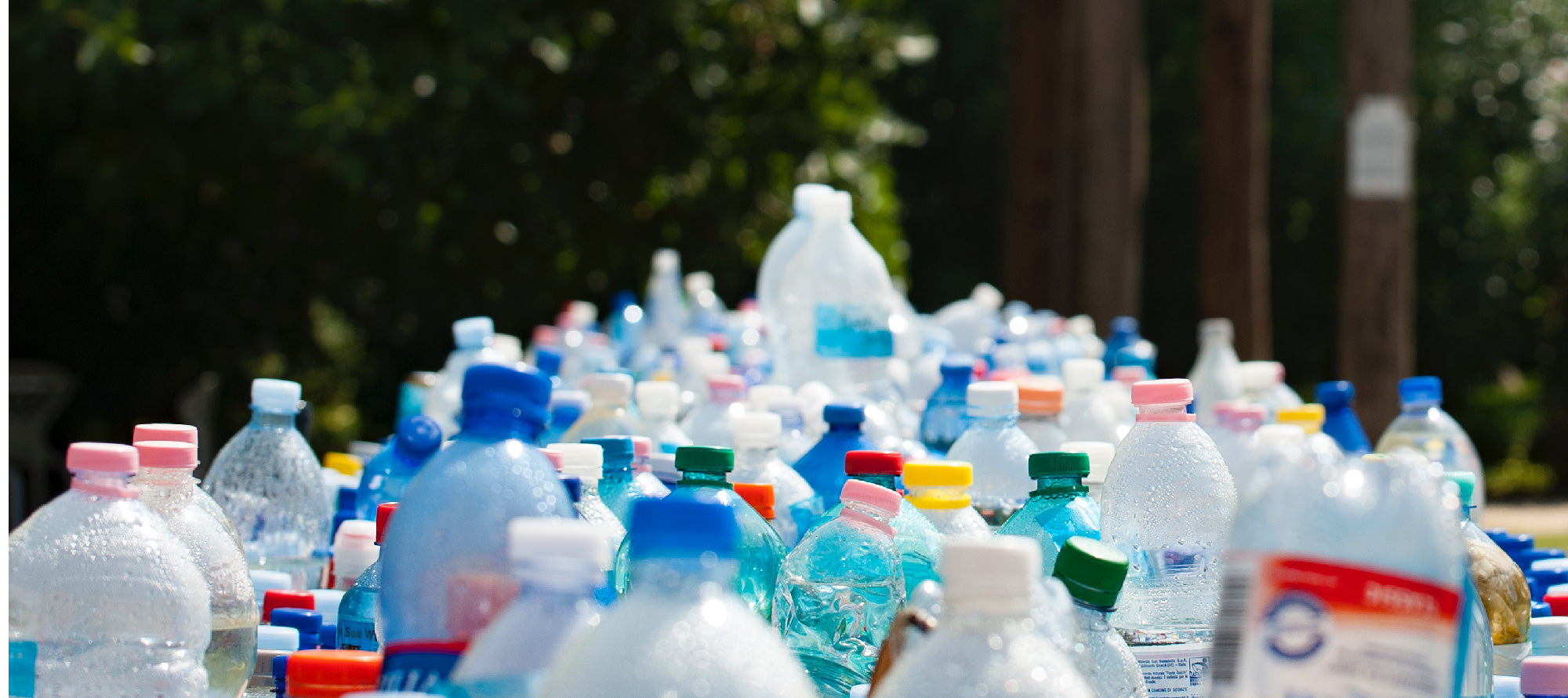Reusable garments are becoming more common in the medical sector as sustainability is prioritised.
Reusable textiles consume fewer resources and generates less waste than using disposable products. Meaning, less carbon emissions and oil consumption, and smaller impact on the overall environment. Switching to reusable garments can also save you considerably in the cost of uniforms per year. Medical grade fabrics must meet extensive and specific requirements that must be bio-compatible (integration with wearer without harmful side effects).
Let’s take a look at the factors and fabrics that are common in medical use.
Liquid Barrier Performance Measure
The associations for the Advancement of Medical Instrumentation (AAMI) developed standards for medical companies that insures the safe use of medical devices. The ‘AAMI gown’ classification stems from four levels of barrier performance, measured accordingly:
Measures resistance of fabrics to the penetration of water by impact (AATCC, 2018)
Measures resistance of fabric to the penetration of water under hydrostatic pressure (AATCC, 2017)
Evaluate resistance of materials used in protective clothing to penetration by synthetic blood under conditions of continuous liquid contact (ASTM, 2017)
Measure penetration by blood-borne pathogens using a surrogate microbe under conditions of continuous liquid contact (ASTM, 2013)
Defining various levels of protection allows healthcare workers to make a well-educated choice that will give them sufficient protection.
100% Polyester
Polyester fabric (polyethylene terephthalate) is one of the most widely known synthetic fabrics. Polyester fibres are incredibly strong, meaning they won’t tear, stretch or pill easily, and it can handle abrasion. It does not require any special care, it is fit for industrial or residential washing machines as well as Autoclaves for sterilisation. Wrinkle resistance, drape, and rigidity make for great shape retention and it is moisture resistant meaning the fabric wicks away moisture rather than absorbing it. Its stain resistance is a valuable quality in the medical and dental industries.
Biogarde
Biogarde is a treatment applied to the yarn. It uses silver's natural antimicrobial properties to destroy bacteria that come into contact by disrupting the cell wall, suffocating and sterilizing the cell. Silver is a well-documented antimicrobial shown to inhibit bacteria, fungi, and certain viruses. It is a permanent process that embeds the treatment and is non-leaching. The Biogarde technology is the only fabric known that is effective against COVID-19, Klebsiella, Pneumoniae, Staphylococcus Aureus, and Escherichia, and more so, is still just as effective after 100 washes.
Polycotton blend
A blend of polyester and cotton is an option that is durable, wrinkle and stain resistant, but provides breathability and is more comfort than polyester alone. It is hydrostatic meaning water will not penetrate or absorb, and it also does not support microbial or fungal growth such as Salmonella, Clostridium difficile, and E coli. It is a very popular choice of fabric for medical scrubs and is included in the PPE uniform worn by doctors, nurses, and other medical personnel in hospitals and similar medical facilities.
Our medical gown range has grown to be in high demand for businesses in the medical sector including dental and vet clinics.
Sound like something you or your team would be interested in?
Give our friendly customer care team a call on 04-589 5888 or email us at info@arrowuniforms.co.nz







Leave a comment
This site is protected by hCaptcha and the hCaptcha Privacy Policy and Terms of Service apply.